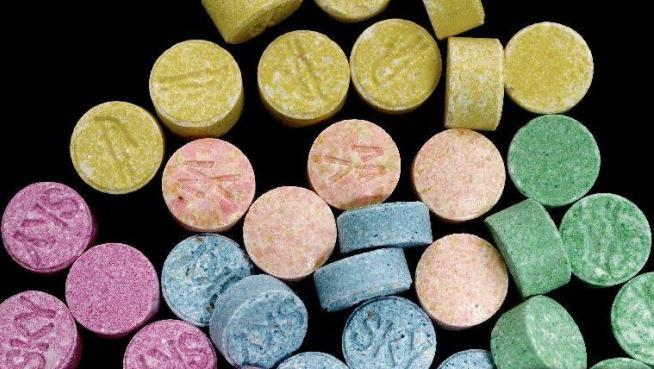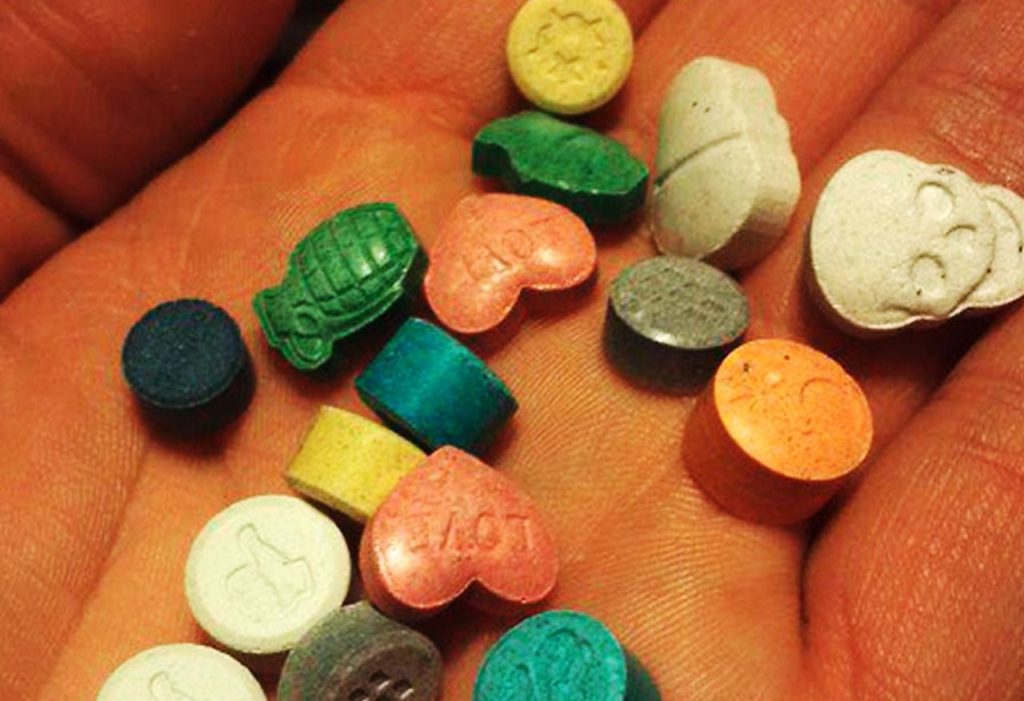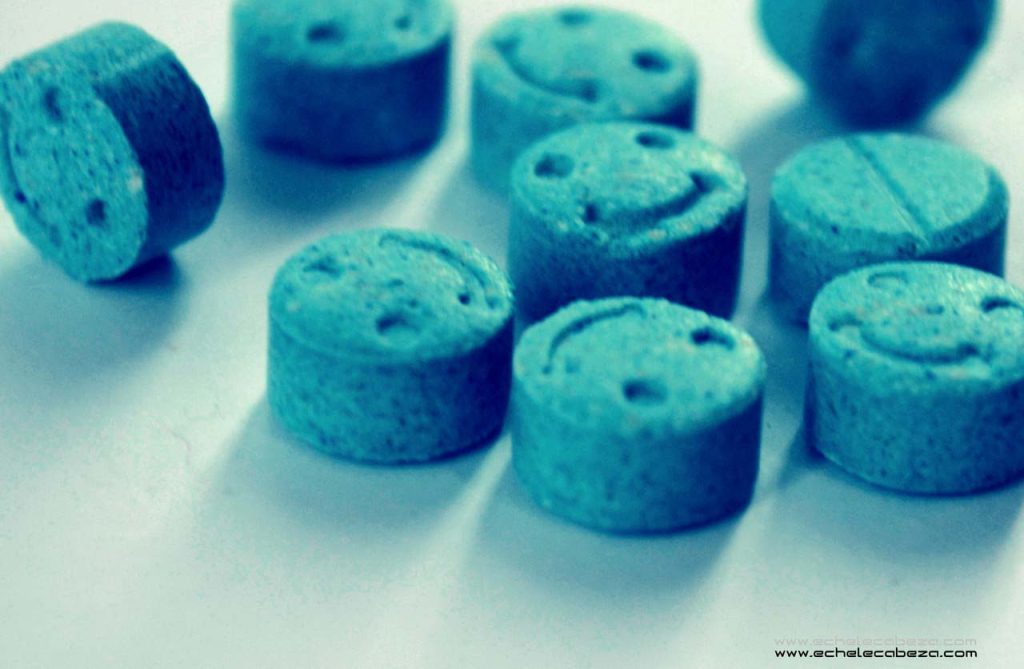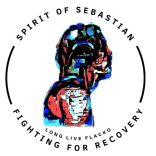ECSTASIS
Ecstasy is illegal. The Drug Enforcement Administration classifies it as a
Schedule I drug, a description reserved for dangerous substances with no recognized medical use. Other Schedule I drugs include heroin and LSD.
Tragically, Ecstasy is one of the most popular drugs among youth today. The UN Office on Drugs and Crime estimates Ecstasy users to number approximately 9 million worldwide.
The vast majority of users are teenagers and young adults.
Mixed with alcohol, Ecstasy is extremely dangerous and can, in fact, be deadly. So widespread has been the harm of this “designer drug,” that emergency room incidents have skyrocketed more than 1,200% since Ecstasy became the “club drug” of choice at all-night
“rave” parties and dance clubs.
What is Ecstasis ?
Ecstasy was originally developed by Merck pharmaceutical company in 1912. In its original form, it was known as “MDMA.” It was used in 1953 by the US Army in psychological warfare tests, and then resurfaced in the 1960s as a psychotherapy medication to “lower
inhibitions.”
It wasn’t until the 1970s that
MDMA started being used as a party drug.
Imaginary love pill off with the mask
Ecstasy is often call “The love pill” because
it heightens perceptions of color and sound and supposedly amplifies sensations when one touches or caresses another, particularly during sex.
But Ecstasy often contains hallucinogens, which are drugs that act on the mind and cause people to see or feel things that are not really there. Hallucinogens can throw a person into a scary or sad experience from the past, where he or she gets stuck without even realizing it.

Consequences of using Ecstasy
Ecstasy smothers the natural alarm
signals given out by the body. As a result, after taking the drug, an individual risks going beyond his physical limitations and endurance. For example, a person on Ecstasy may not realize that he has bécome overheated and can faint or even die of heatstroke.
A study by the University of Texas Center for Social Work Research found that the long-term effects of Ecstasy most frequently reported included depression and a reduced ability to concentrate. The researchers also found repeated use of Ecstasy to be associated with sleep, mood and anxiety disturbances; tremors or twitches; and memory problems.

SHORT-TERM EFFECTS
Impaired judgment
False sense of affection
Confusion
Depression
Sleep problems
Severe anxiety
Paranoia
Drug cravings
Muscle tension
Faintness and chills or swelling
Involuntary teeth clenching
Blurred vision
Nausea


LONG-TERM EFFECTS
Long-lasting brain damage affecting thought and memory
Damage to portions of the brain that regulate critical functions such as learning, sleep and emotion
It is as if the brain switchboard was torn apart, then rewired backwards
Degenerated nerve branches and nerve endings
Depression, anxiety, memory loss
Kidney failure
Hemorrhaging
Psychosis
Cardiovascular collapse
Convulsions
Death
